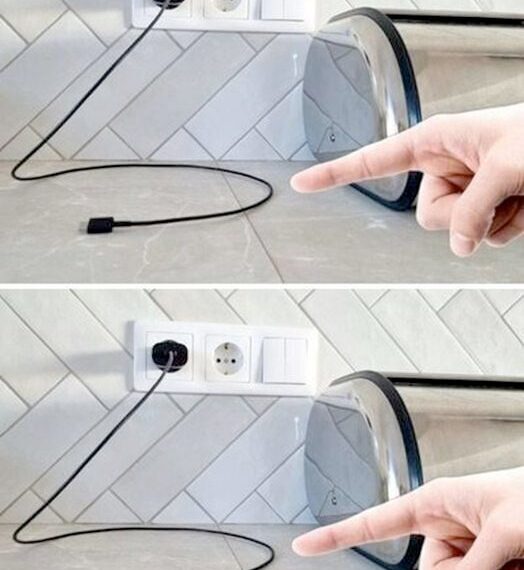In today’s tech-driven world, most of us are familiar with the routine of charging our devices. It’s a common habit to plug in our phones, tablets, or laptops overnight, often leaving the charger plugged into the outlet even after the device is fully charged. While this might seem harmless, there are several important reasons to consider unplugging your charger when it’s not in use. Understanding these can help you save money, reduce risks, and prolong the life of your equipment.
1. Energy Waste and Increased Utility Costs
One of the most significant issues with leaving chargers plugged in is the energy they consume. Even when not connected to a device, chargers can draw a small amount of power, a phenomenon known as “phantom” or “vampire” energy consumption. This happens because the charger is still actively connected to the electrical circuit, even if no device is being charged.
Though the amount of power drawn is relatively small, it adds up over time. According to estimates from the U.S. Department of Energy, chargers left plugged in can account for as much as 5-10% of your home’s total electricity usage. While this might seem minor, it can translate into a noticeable increase in your energy bill over months and years. By unplugging chargers when they’re not in use, you can reduce unnecessary energy consumption and help lower your utility costs.
2. Potential Fire Hazards
While the risk is relatively low, there is a potential fire hazard associated with leaving chargers plugged in for extended periods. This risk can stem from several factors:
- Overheating: Chargers are designed to handle a certain amount of current. When left plugged in, especially if the charger or cord is damaged, there’s a risk of overheating, which could potentially cause a fire.
- Electrical Faults: Defective or damaged chargers, or even faulty outlets, can create short circuits. Over time, these electrical issues can increase the risk of a fire. Additionally, poor-quality chargers that are not certified or meet safety standards are more prone to malfunction.
To mitigate this risk, it’s a good practice to unplug chargers when they are not in use, especially if they are old, damaged, or of questionable quality. Regularly inspecting chargers and outlets for any signs of wear and tear can also help prevent potential hazards.
3. Wear and Tear on Electrical Outlets
Another often-overlooked consequence of leaving chargers plugged in is the wear and tear on electrical outlets. Continuous use of an outlet can lead to several issues:
- Physical Damage: Over time, the repeated insertion and removal of chargers can cause physical damage to the outlet. This can lead to loose connections, which can be dangerous and result in electrical sparks or even fires.
- Decreased Charger Lifespan: Keeping chargers plugged in constantly can lead to a decrease in their lifespan. Chargers can experience wear and tear on their internal components, leading to decreased efficiency or even failure over time.
Unplugging chargers when they’re not in use helps maintain the integrity of the outlet and ensures that both the outlet and the charger last longer.
Additional Benefits of Unplugging
continue reading in page 2




